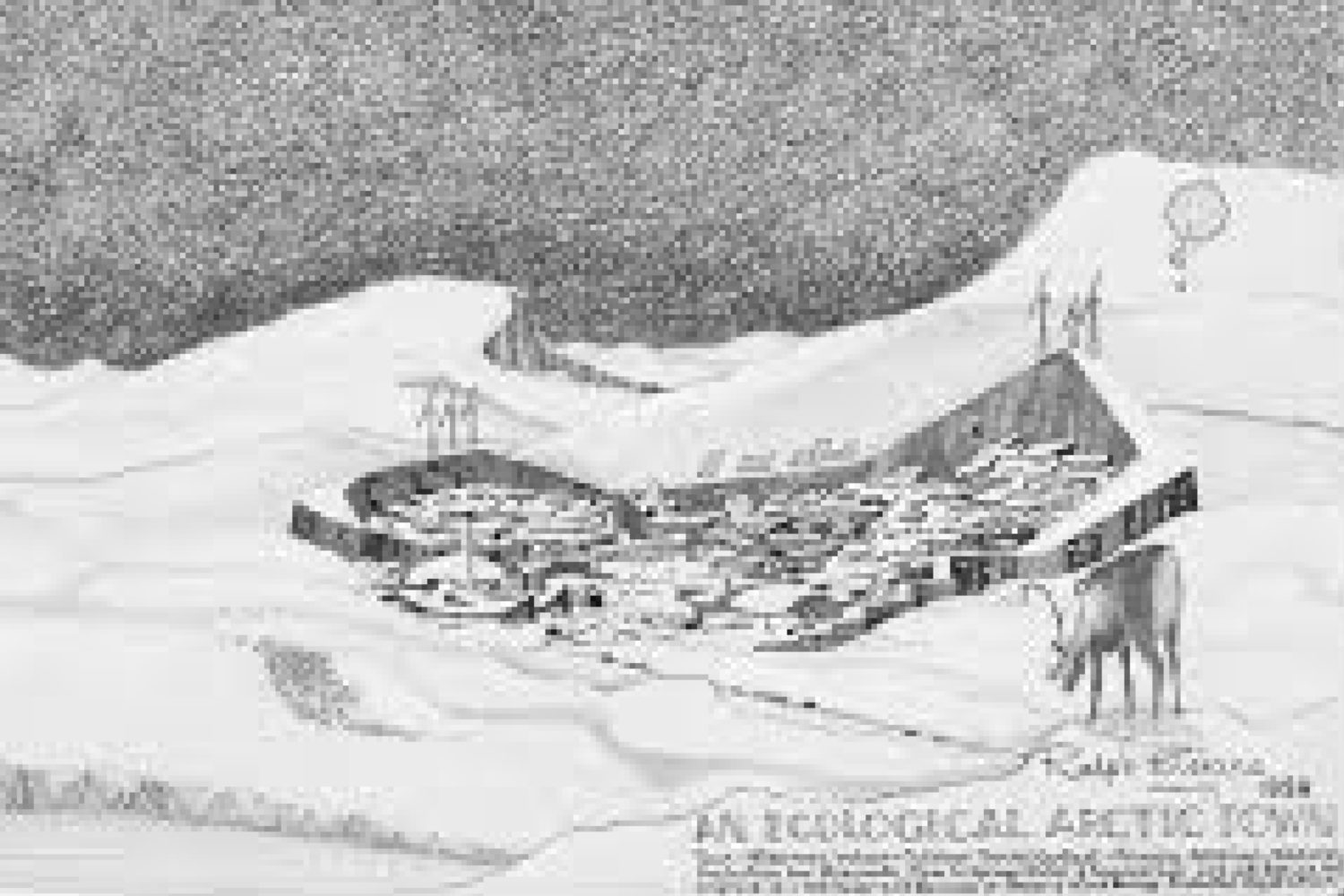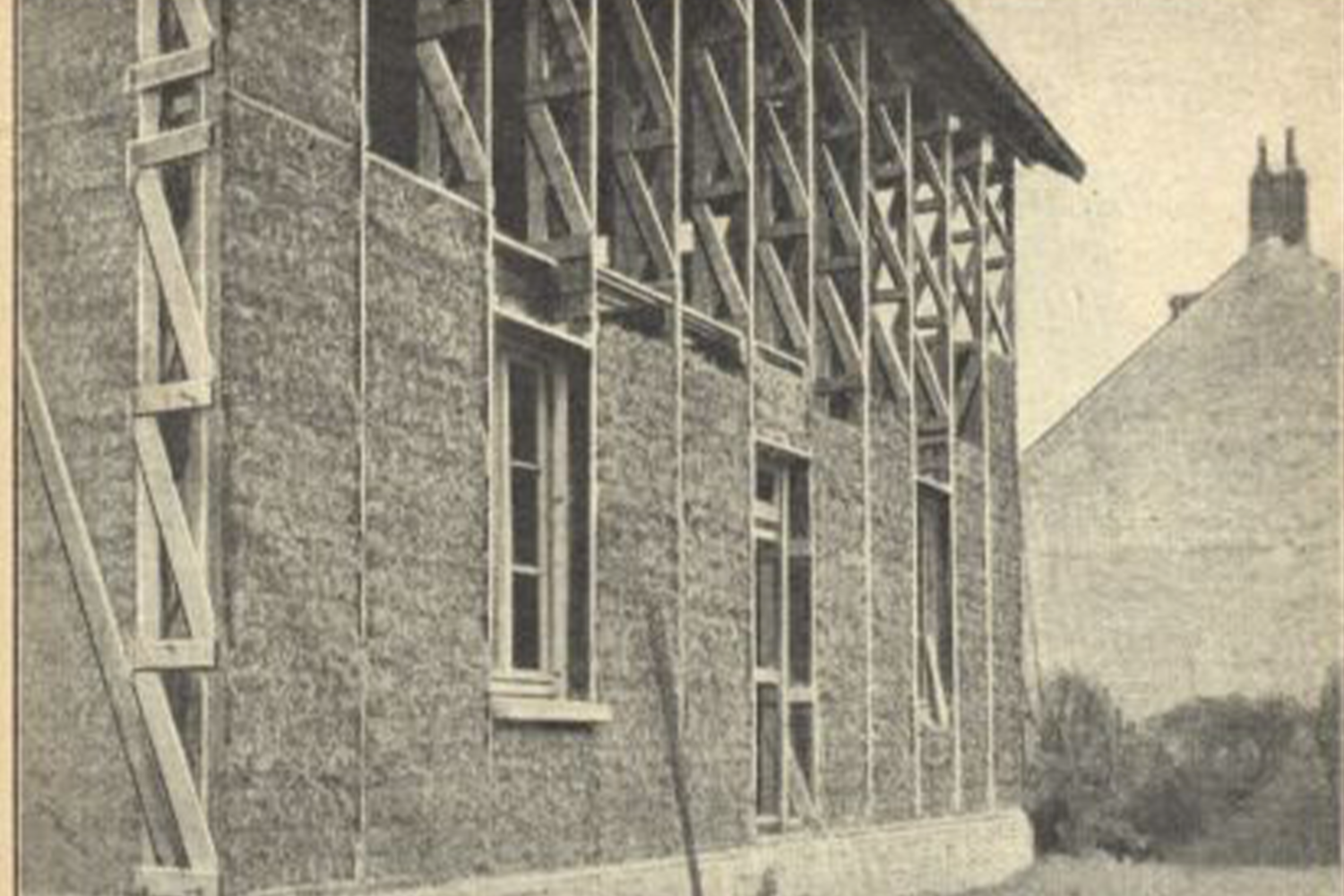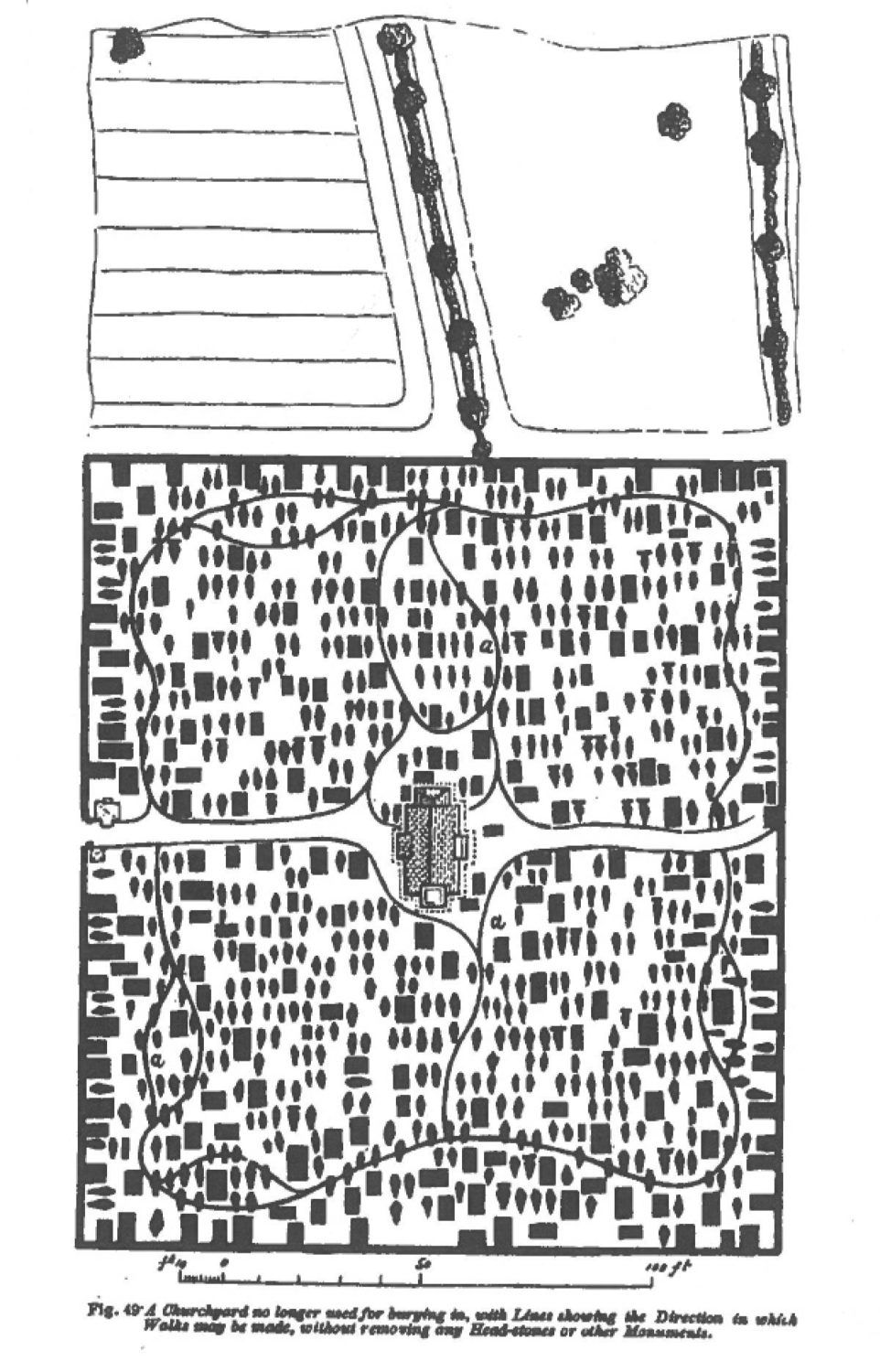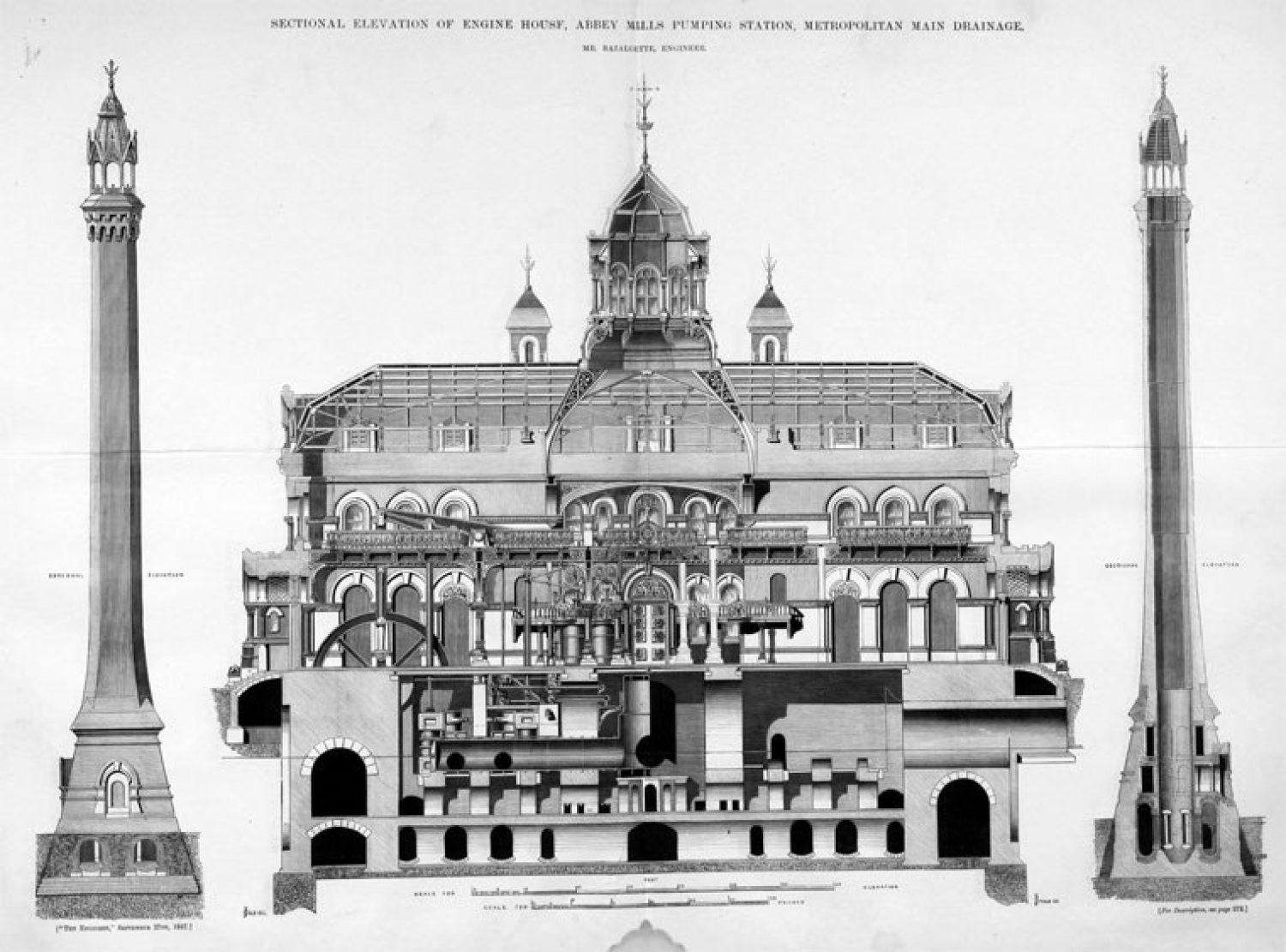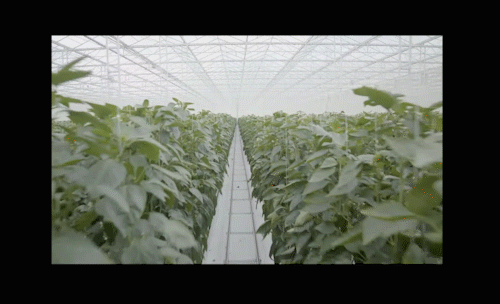Metabolising Industrial Heritage
Across Europe, fossil fuel-based industrial sites are being downsized due to technological advancements and a global shift in energy production. In the UK, this transition is especially pressing in Port Talbot, home to the largest steelworks in Europe and a century-long industrial presence. With the move towards electric arc furnaces, the future of the site — and the communities shaped by it — remains uncertain. Our research uses Port Talbot to demonstrate how industrial heritage can act as a catalyst for large scale site recovery and urban development.
Conventional approaches to industrial site reuse in the UK typically involve the erasure of industrial features, making way for housing and commercial development. While some iconic buildings are retained for their symbolic value, they are often divorced from their original context and meaning, transformed into aestheticised monuments rather than integral parts of a living heritage. This tendency overlooks the embedded material, cultural, and processual value of such sites.
In contrast, we propose a materially and culturally sensitive method of adaptive and material reuse, arguing for an approach grounded in resourcefulness: viewing industrial sites not as derelict voids but as rich repositories of materials, knowledge systems, and narratives. By adopting a hybrid methodology involving landscape-led design, the reuse of reclaimed materials, and the diversion of industrial waste streams, our research demonstrates how architecture can engage with place-specific legacies while fostering sustainable futures.
Our project emphasises the importance of local craft, materials, and embedded knowledge in shaping an architecture of place. Rather than imposing a top-down vision, it calls for a situated, process-led approach to regeneration — one that understands these landscapes as evolving, rather than static.
Ultimately, our research seeks to define a new post-industrial vernacular for Port Talbot — one that reflects the complexities of transition while honouring the enduring identity of place.
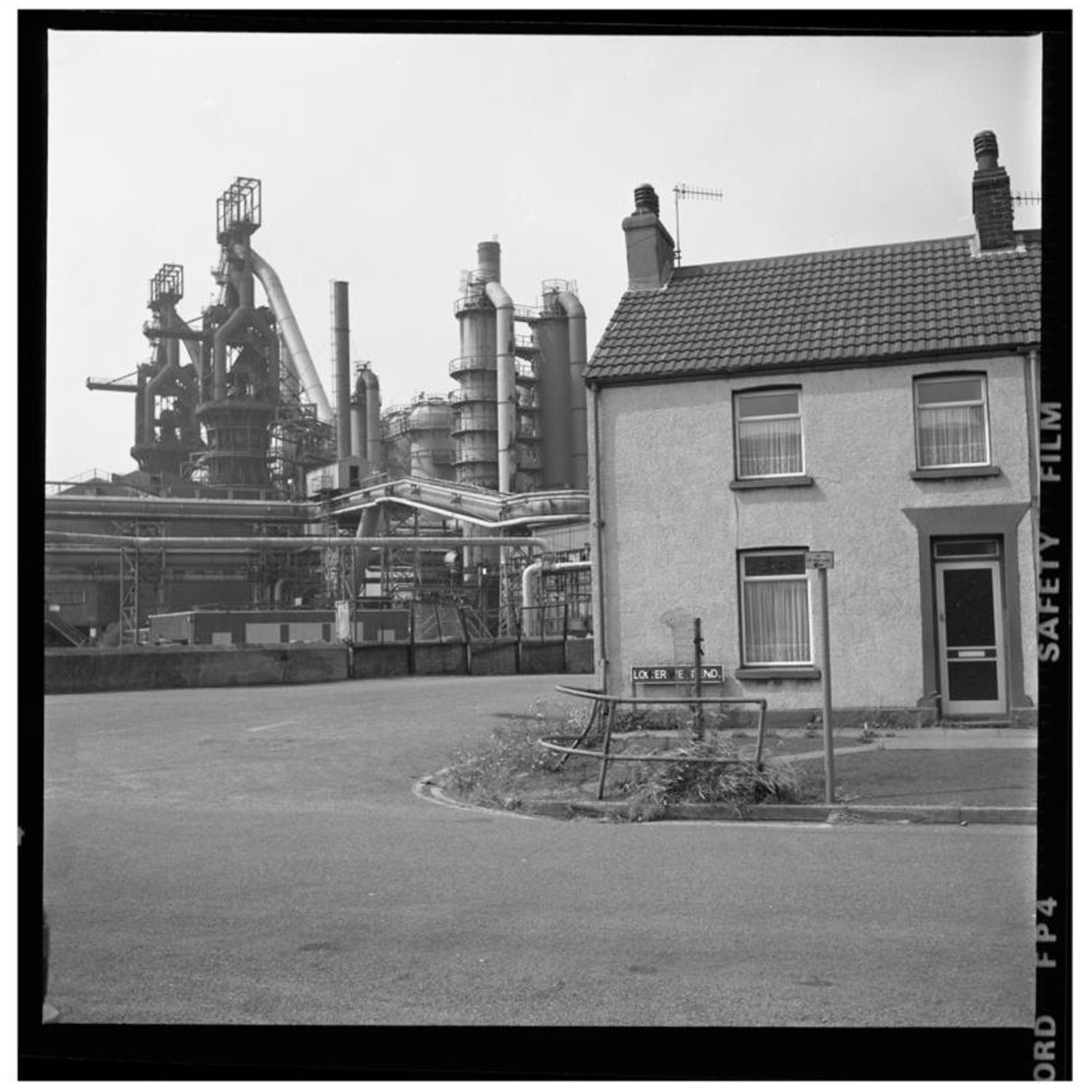
Archival image of terraced housing and blast furnaces, 1970-80 (Photograph John Cornwell, Amgueddfa Cymru - Museum Wales)
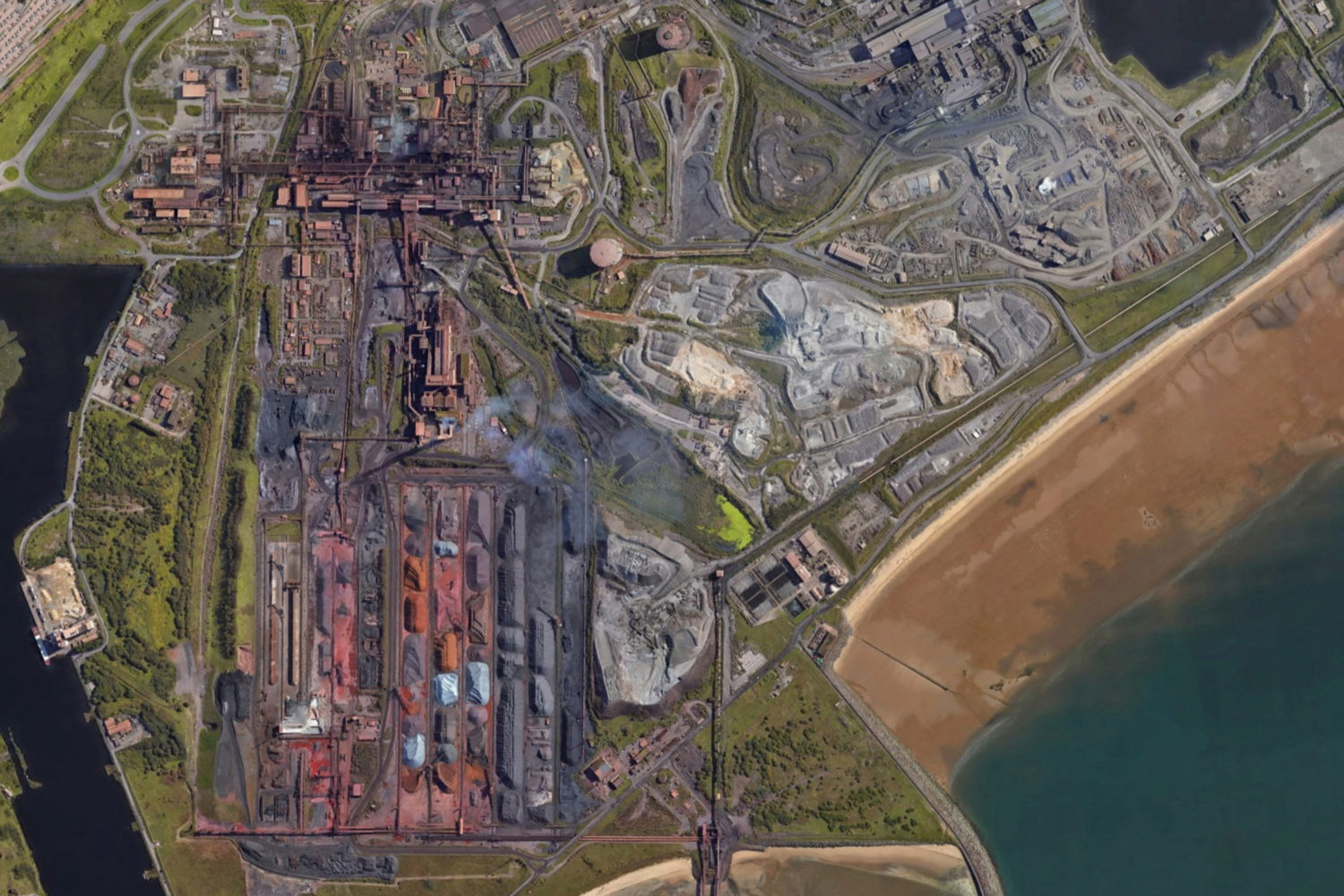
Large swathes of the site are currently occupied by material stockpiles of metal ores, coal, coke, and steel slag, offering a wealth of material re-use opportunities.
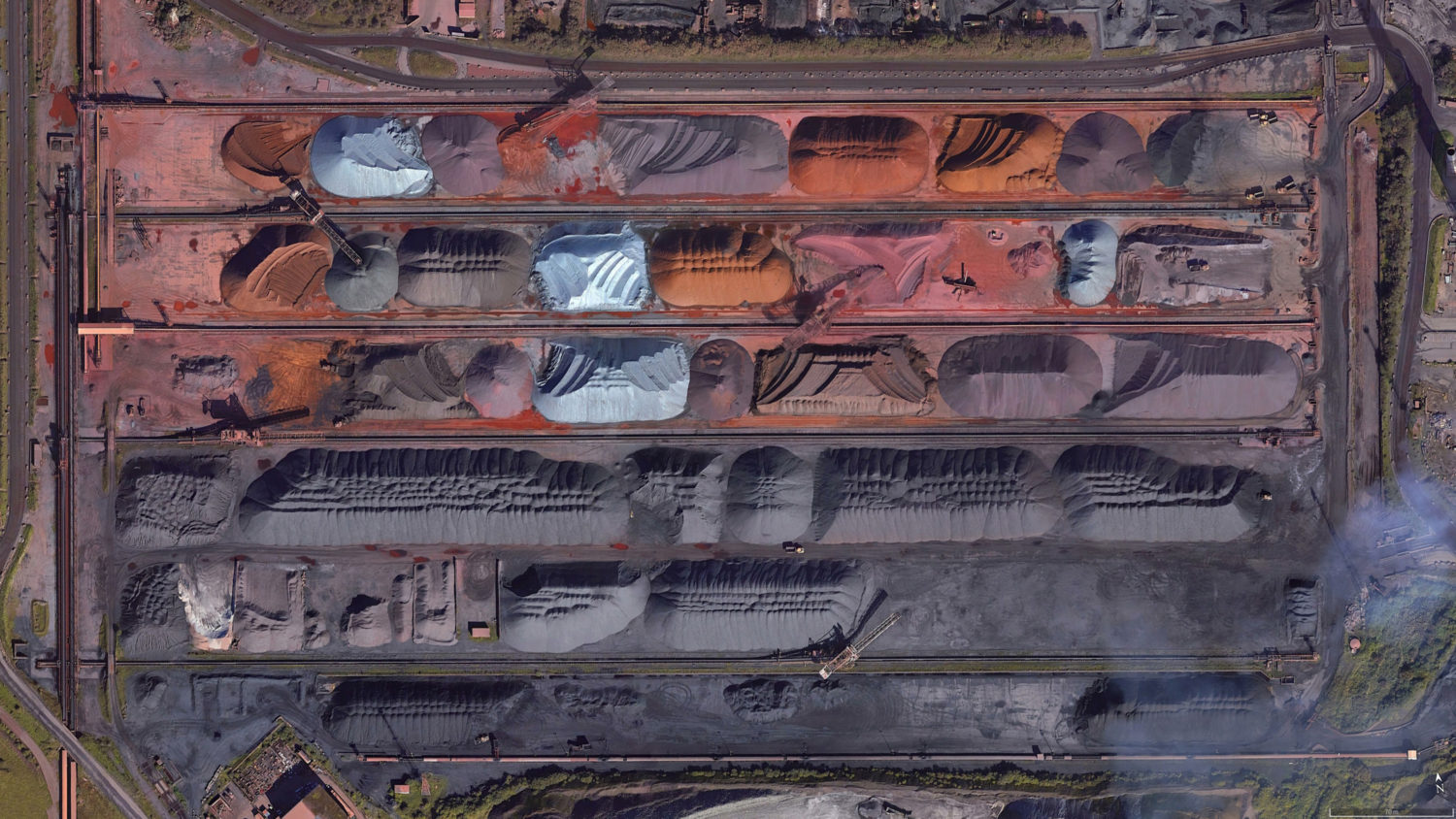
Arial view of iron ore, coke and coal material stockpiles, Port Talbot
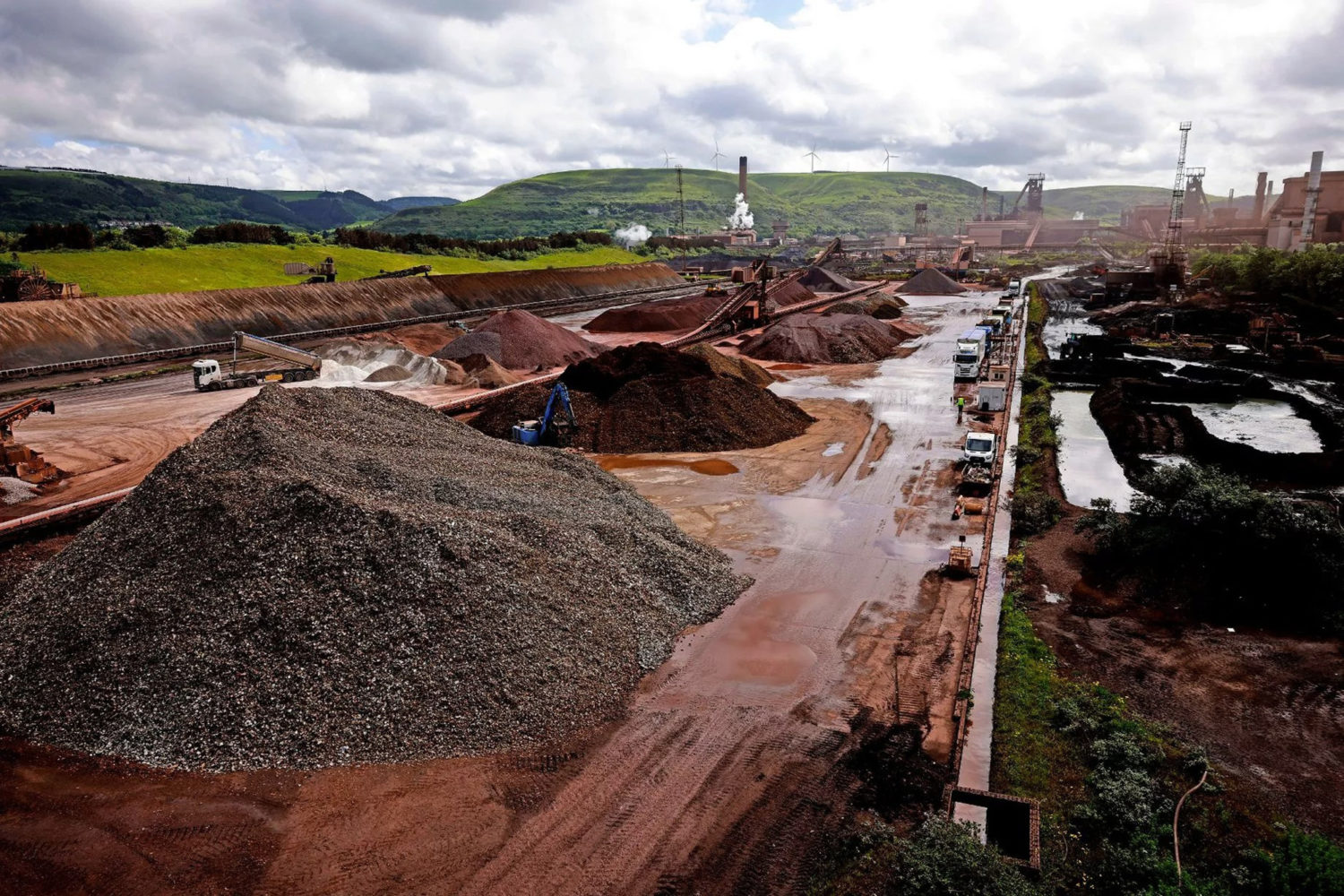
Site photo, ore stockyard, Port Talbot
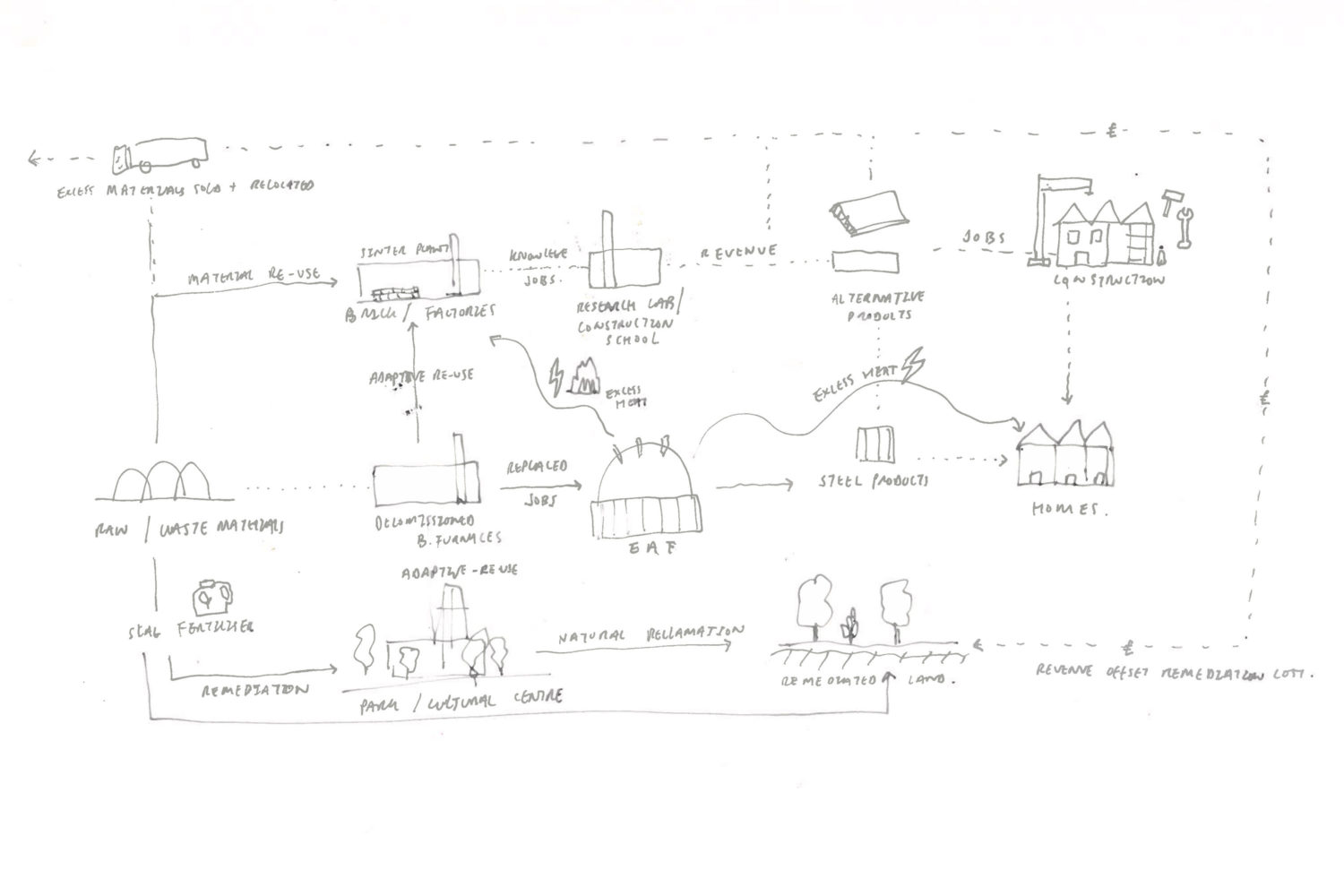
Diagram exploring waste re-use, adaptive re-use of current industrial systems, and re-directing material flows to produce a more circular material metabolism to create greater symbiosis between local waste and construction industries.
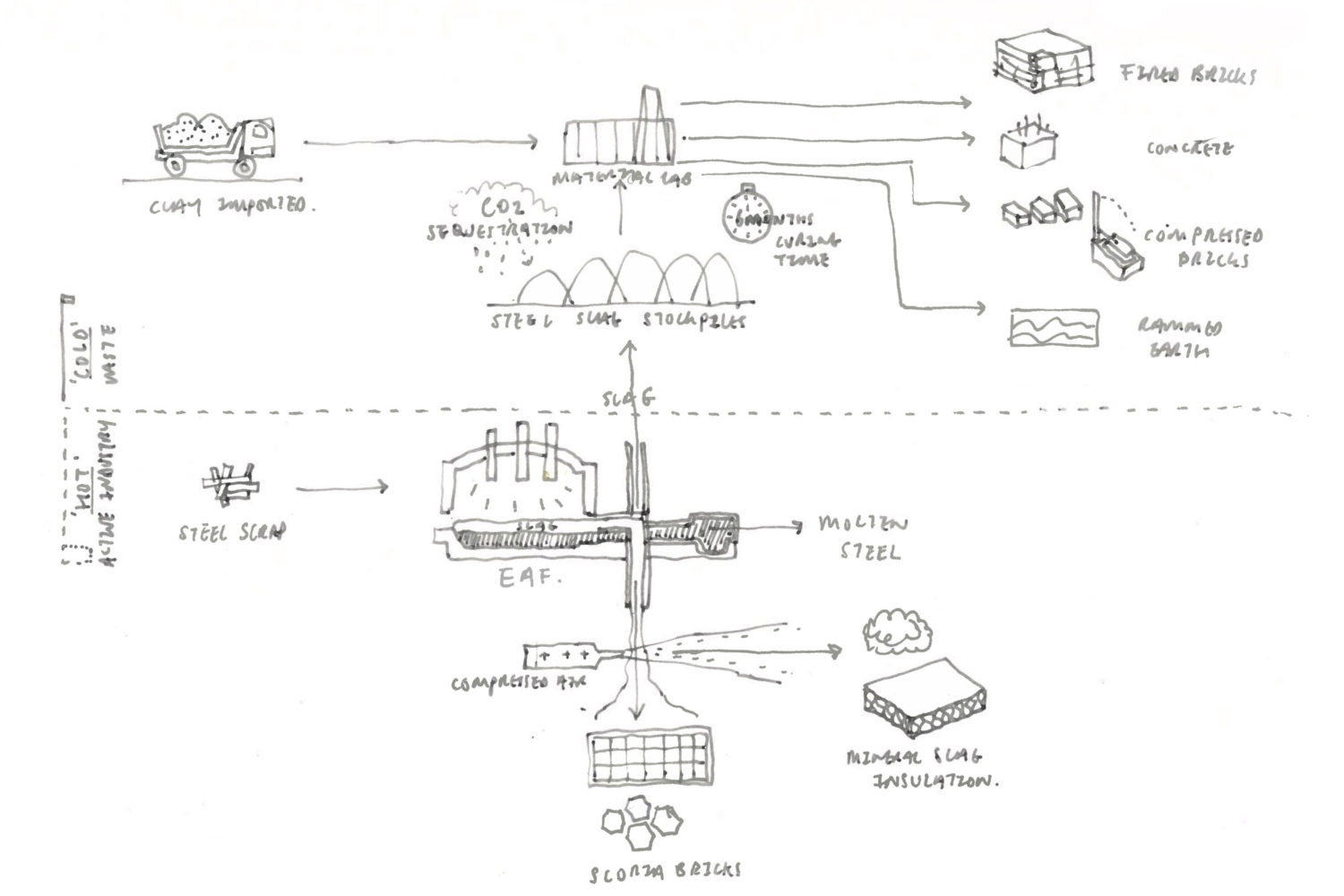
Flow diagram exploring operational processes and under-utilised material waste streams to produce alternative building products for the creation of new homes which have roots in the industrial heritage of Port Talbot.

Speculative visual of homes built with waste, by-products and salvaged materials from the both the blast furnace and electric arc furnace as the Port Talbot Economic Waterfront Zone develops around the site.
